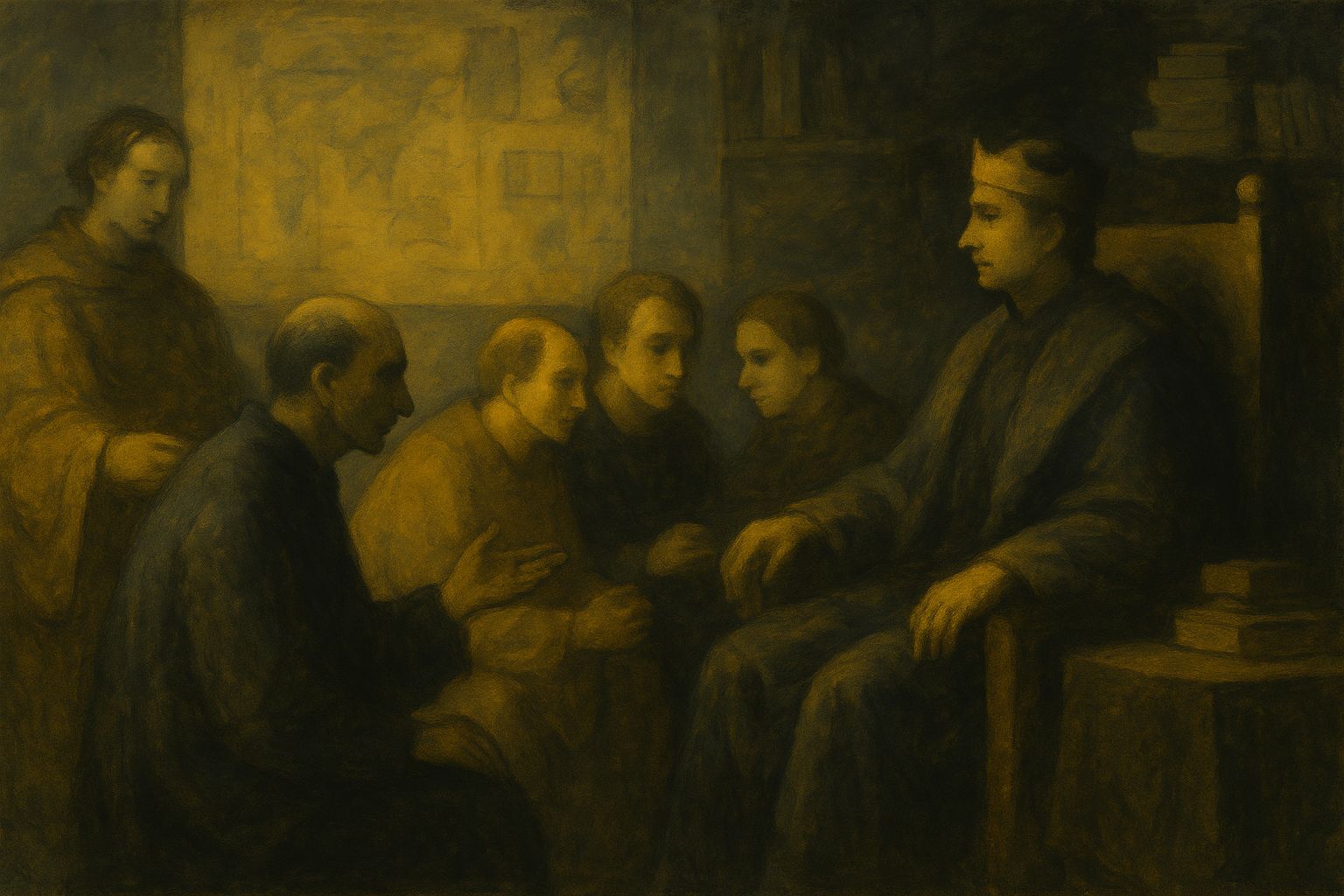Have you worked for managers who are bottlenecks? Approval from them takes time and reminders. Or even worse have you worked for managers who seek their boss’s approval before giving you the go ahead? Every incident like these breaks the momentum and rhythm of the team. Teams become even more unsure of where the guardrails are and they stop exploring. Vistaprint knew this was a problem their teams were facing too. They were however scared to delegate decision making to the teams on the ground. We bring to you in this edition- a story of how leaders at Vistaprint experimented with empowerment by leveraging Agile methods and ways of thinking.
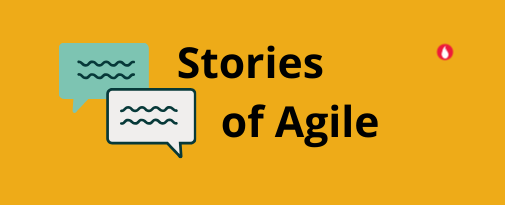
Agile Stories
Vistaprint was struggling with process inefficiencies internally. It was taking them 65 days to get 22 hours of creative /campaign work done. This was happening due to two main reasons :-
- The two teams involved (Design and marketing) worked in silos, communicating over emails only
- Due to the approval swirls, for instance every creative work went through multiple levels of approval. And at each level there was massive amounts of rework on the design.
Desperate, they turned to Agile mindset and methodologies to help them. As we saw in the previous edition, the leadership team and agile coaches first worked on building trust within the two teams. They created new & regular (daily stand-up) communication between the two teams. Doing that, they thought was enough to tackle the challenges in the decision-making process. It was not so easy, after all. Leaders, while admitting that layers of decision making was slowing them down, were afraid to relinquish control. They worried that moving the approval process to the teams – would remove the maker-checker balance. This lack of control would impact KPI and business metrics was their belief.
It was a stalemate.
The best way out of the stalemate was to experiment, reasoned agile coaches. Going with that, the leaders decided to treat their fear (moving decision making lower would impact KPI and metrics) as a hypothesis. They decided to test this hypothesis with experiments. Here is how they set up their experiments.
Experiments with Empowerment
Leaders experimented with empowerment in three steps:
- Defining criteria for decision making: what criteria and process teams would follow in making decisions.
- Identifying metrics which will indicate compliance: These metrics were both lead and lag indicators apart from the final business KPI’s.
- Creating more collaboration and communication opportunities between the two teams.

The third step of creating more collaboration opportunities for the two teams proved to be the most critical. Because without new lines of communication and new ways of collaboration, decision making would suffer from the same handicap of silos, like earlier.
This is how new ways of collaborating was co-created – The design and marketing teams were moved to the same floor of the building. On the same floor, the design team put up a visual Kanban board, depicting their work in progress. Co-location and visibility of work helped enhance rapport between the two teams immensely. Another experiment was forming three smaller cross functional teams for mob-design sessions.
Mob-design?
Based on the mob-programming concept, Mob-Design goes one step further. Vistaprint created three cross functional teams. Each team comprised of a designer, a copy-writer, a marketing partner, a production artist, a project manager. Each cross functional team had one keyboard and one computer screen between them. Every team member got 7 minutes at the keyboard and they handed it over to the next person. While the entire cross functional team huddled around and contributed to the task at hand.
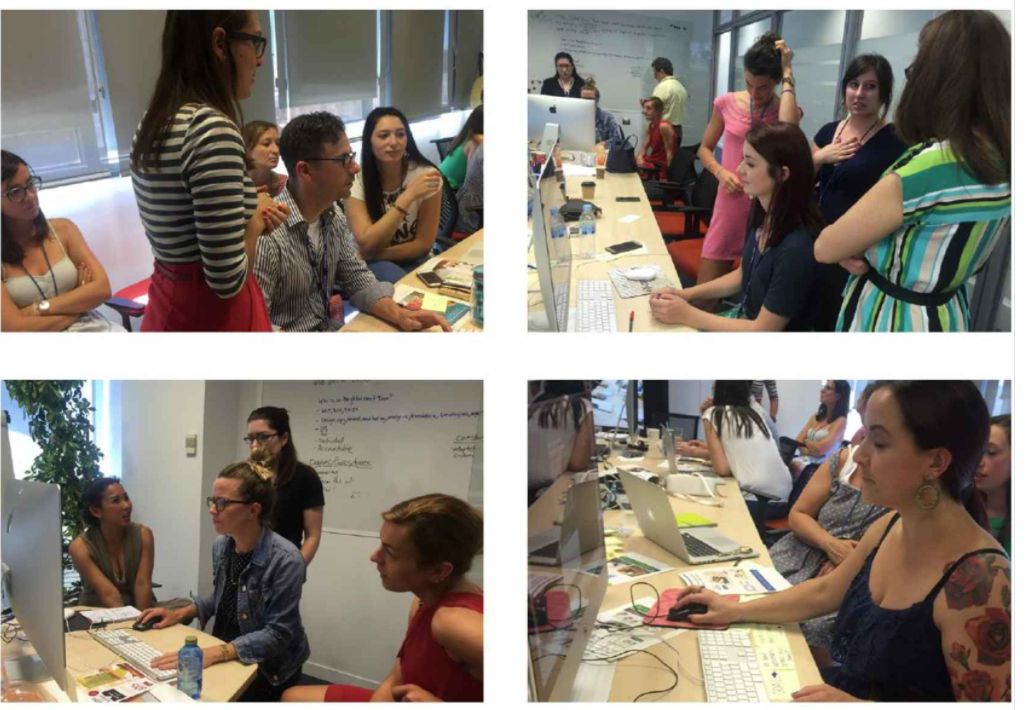
Image Courtesy: David Grabel at the Business Agility conference
With this experiment, leaders at Vistaprint found that work that would typically take 1.5 weeks got done in 45 minutes. Teams continued with the mob design sessions as an when needed, after this experiment. Mob design sessions improved collaboration and decision making in leaps and bounds amongst the teams. So much so, that when they tracked the metrics, they found less than 1% impact on the business numbers and overall KPI. Teams reported a sense of fulfilment and high morale with this new way of working and making decisions. Vistaprint had experimented its way to empowerment with Agile.
Agile aids in empowerment through experiments
If trust is the glue that binds the team, empowerment is the fuel that energises the team. No wonder, the Agile principles state – ‘one build’s projects around motivated individuals’. And that ‘the best work emerges from self-organising teams’.
Letting go of control can be hard, more often than not we have the other’s well-being in mind when we retain control. Think of the first time you let your young child go down alone to the play-ground. Or when you handed over your car keys to your grown-up child the first time. Am sure we did it in a series of stages. Initially, we hover close-by, close enough to hold them if they fall. We then graduate to watching from a distance. We then stepped out of sight for shorter intervals before we finally let them come down to the playground themselves. Even then we watch closely and step in when needed.
Agile gives us the framework and principles to empower teams through experiments. It helps build empowerment systemically, creating motivated team members and sustainable development.
Apart from one story which captures the human centric change in the world of Agile, the Agile OWL brings to you every fortnight, the latest reads, books, personalities, and quote from the world of Agile and its methodologies. Stuff that caught our attention. This is edition 35 and we carry seven useful links for you. Tell us what you thought of them

From social media:
- Are your teams struggling with long user stories? Here are three easy ways to break down the user story into manageable chunks.
- This is a debate we have heard very often. You cannot use Agile methodologies for fixed price projects. Here is a POV which weighs in on how fixed in scope and time projects can also be agile.
From the Agile world:
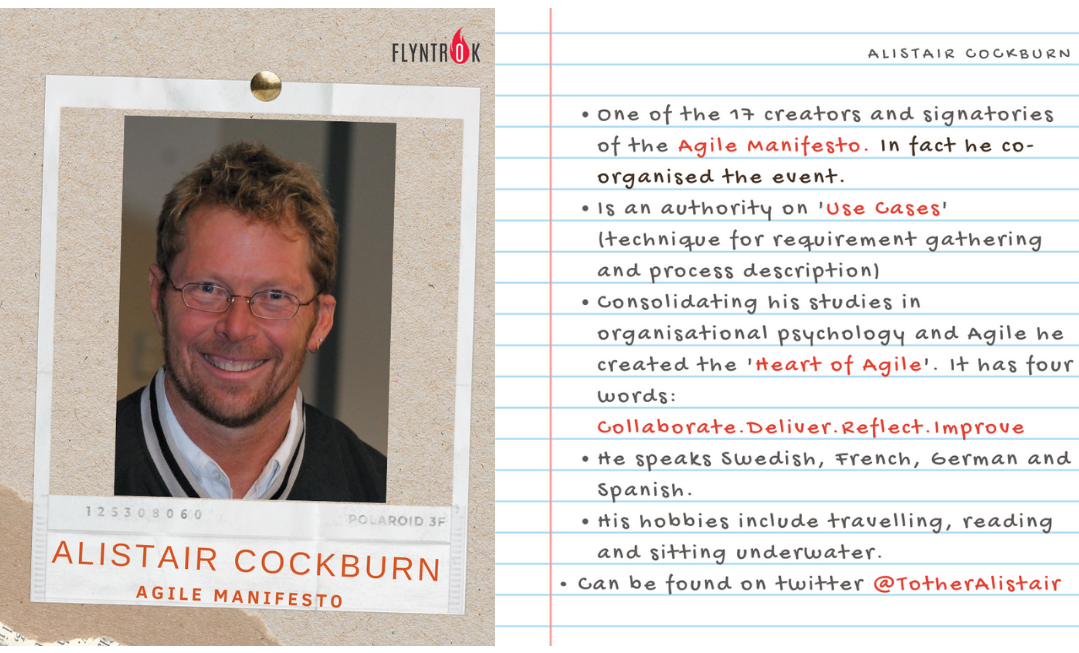
From the bookshelf:
- Agile for instructional designers helps learning professionals use Agile to manage the learning journeys of participants. Read a sample chapter here.
From the tool box:
- Better way to use the 5-Why technique. It sure will surprise you to know that you have probably ben using it wrong.
#AgileQuotes to sign off:
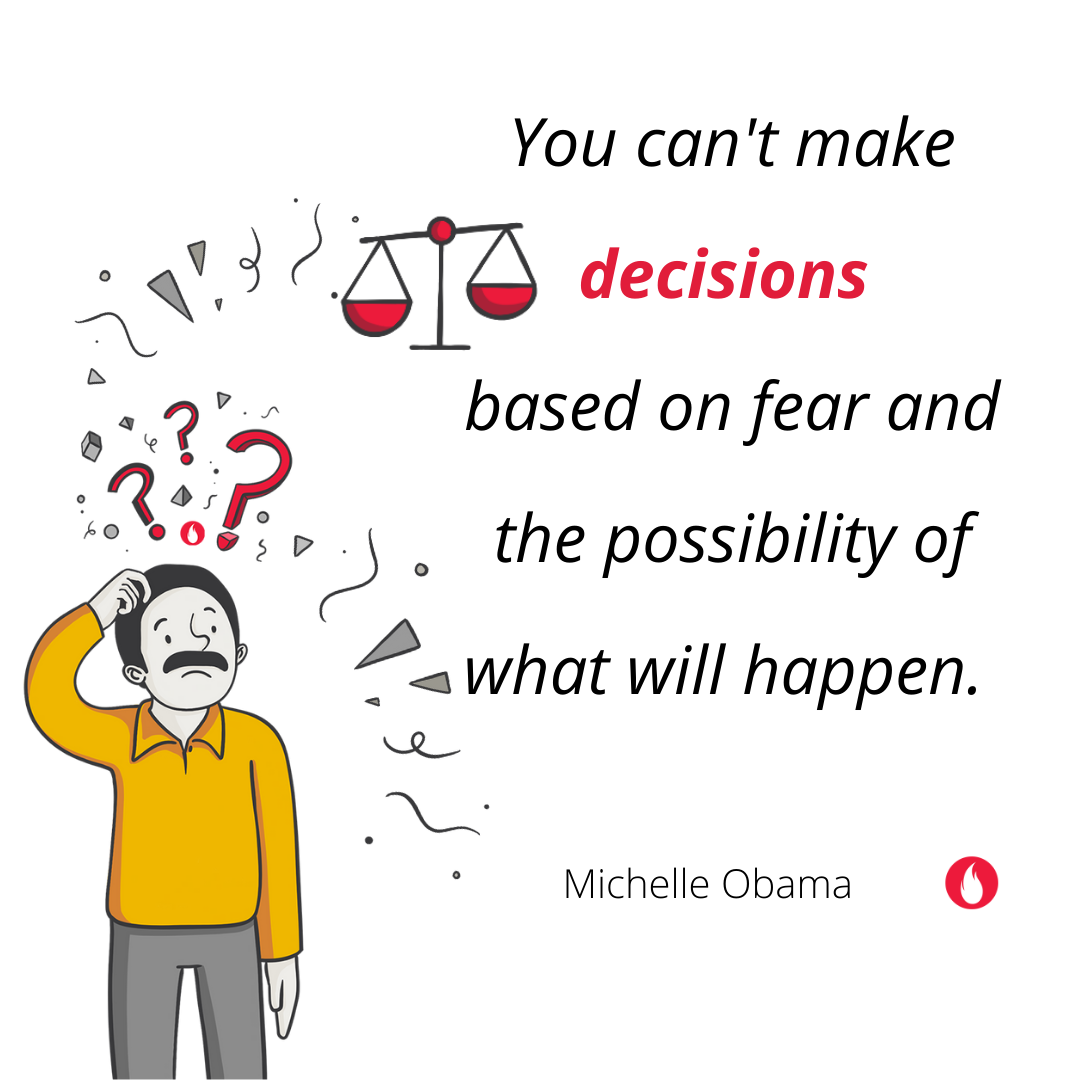
This post is Edition 35 of the Agile OWL from the OWL umbrella. The Agile OWL is a newsletter focused on the human experiences and stories within agile transformations. Sign up to receive the newsletter here.






